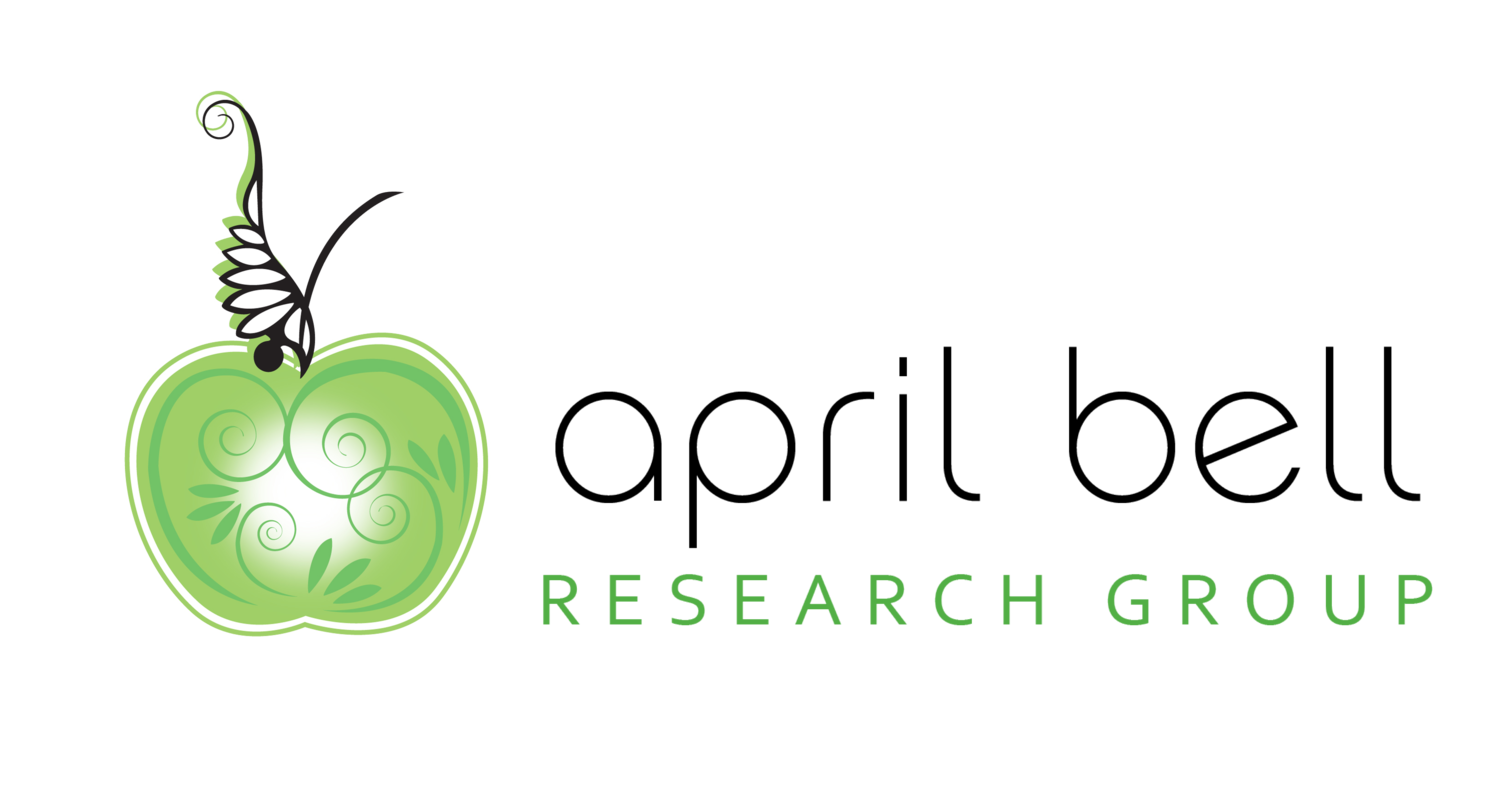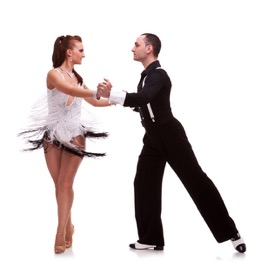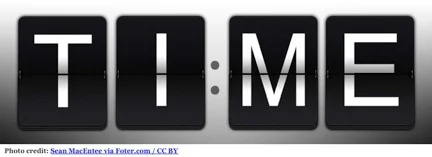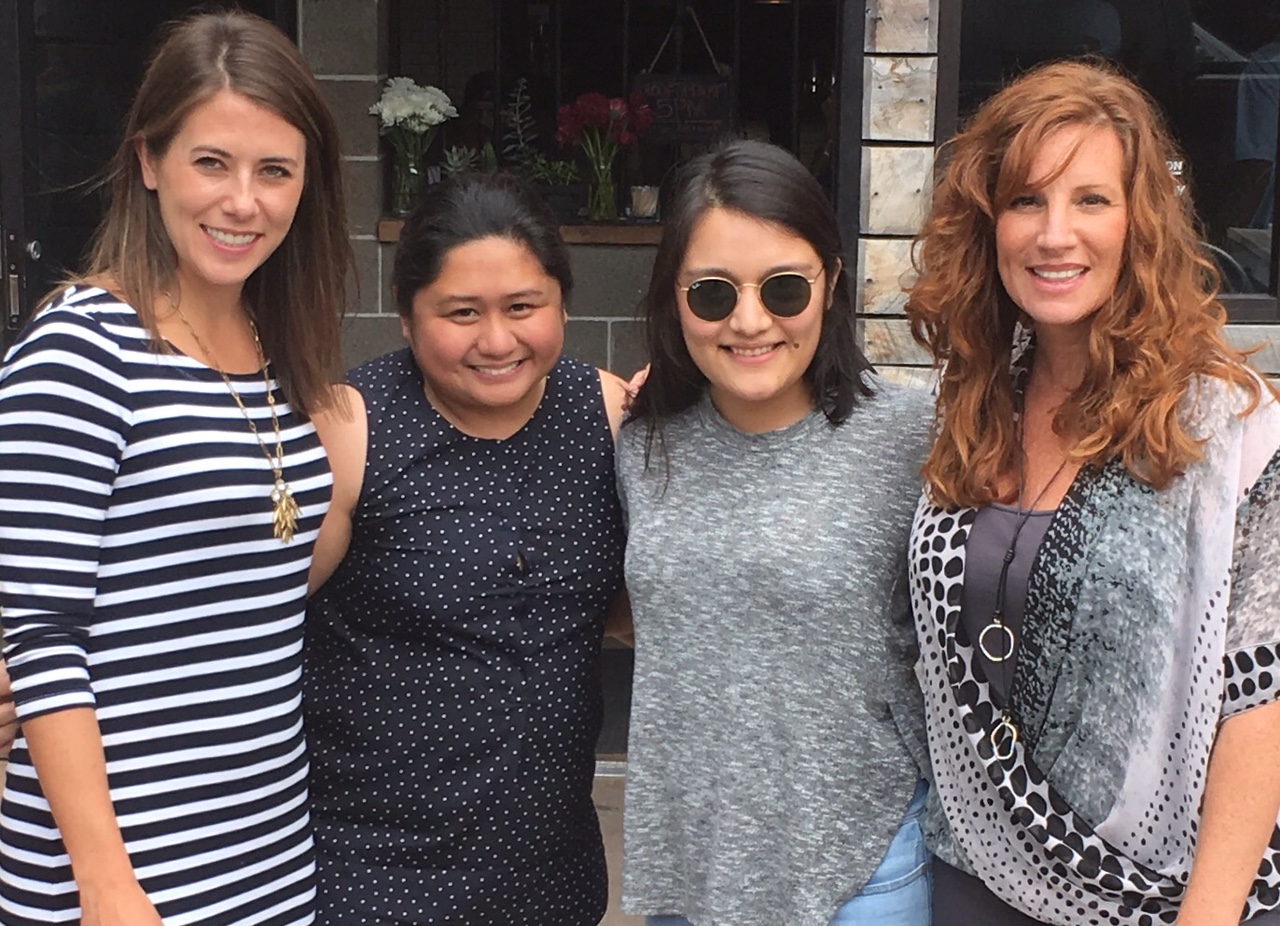It’s that time of year again. There’s something primitive in the sense we get come springtime. Maybe we’re just wired this way. Spring brings with it a desire to clean house, to get rid of the stuff. The stuff that has magically survived the selection process and found what seems to be a permanent home in our garage, closet or pantry. We used it before, a long time ago, and it would really come in handy if that time ever came again. Yet it hasn’t, so it just sits and waits another day.
Here at ABRG, there are two things that describe us well: we love research, and we love learning about how to be more efficient (try running a thriving boutique research firm with four people and you’ll understand why). Recently, we had the opportunity to do both. While in an ideation workshop with a client, we conducted a practice brainstorming exercise on the topic of spring cleaning. To get people geared up and in the mode of ideation, we typically have them practice on an off-topic, non-business subject that’s ripe for multiple ideas.
The topic of spring cleaning fits well, so we asked them to come up with as many ideas they could on “what’s a creative way you could attack a spring cleaning exercise”? To set the stage we give them some guidance on how to keep coming up with ideas:
- Land on something, and think of other solutions
- Wish list it – what could I do if….
- If you feel that you can’t relate, think of who you could ask
- Work individually first, then as a group
- When you’re stuck, move around or talk to someone
The answers were creative, practical, and fun!
A good ideation generates multiple ideas without judging them on whether they are good or bad, because sometimes the crazy ideas lead to break-throughs of innovation.
- Live in a hotel.
- Open a bottle of wine.
- Make the kids do it.
- Buy stock in cleaning companies.
- Ask Alexa.
Some responses had themes of minimalism, which ironically asserts that happiness is achieved in life by having less, not more. The less stuff we fill our space and lives with, the more we are open to things that really matter – time with family, focused effort on our passions, appreciation of our surroundings. One blog we follow at ABRG is Becoming Minimalist. If you follow the thread of minimalism you’ll recognize these suggestions to overcome decluttering:
- If you haven’t used it in three months/one year, throw it out.
- Does it bring you joy?
- Don’t start reminiscing.
- Would it be that hard to replace?
- Have I worn it in 2 months?
Some ideas had efficiency in mind, how to get through the emotionally tough nature of the process in a way that works. At ABRG, we follow Asian Efficiency and have gotten a ton of great advice through their resources over the past few years. There were some good ideas on how to best go about it:
- Go room by room.
- Clean as you go.
- Hire people and give them each a room.
- Go through the out-of-site, out-of-mind places.
- Make someone else go through your stuff and throw out anything that doesn’t look good.
- Buy storage bins with labels – prioritize what you store, and once the bin is full throw out the rest.
This year, we’re going to make this painful process more fun and efficient by tossing in a few of these ideas. We hope you pick up a few tips that help you, too!




















